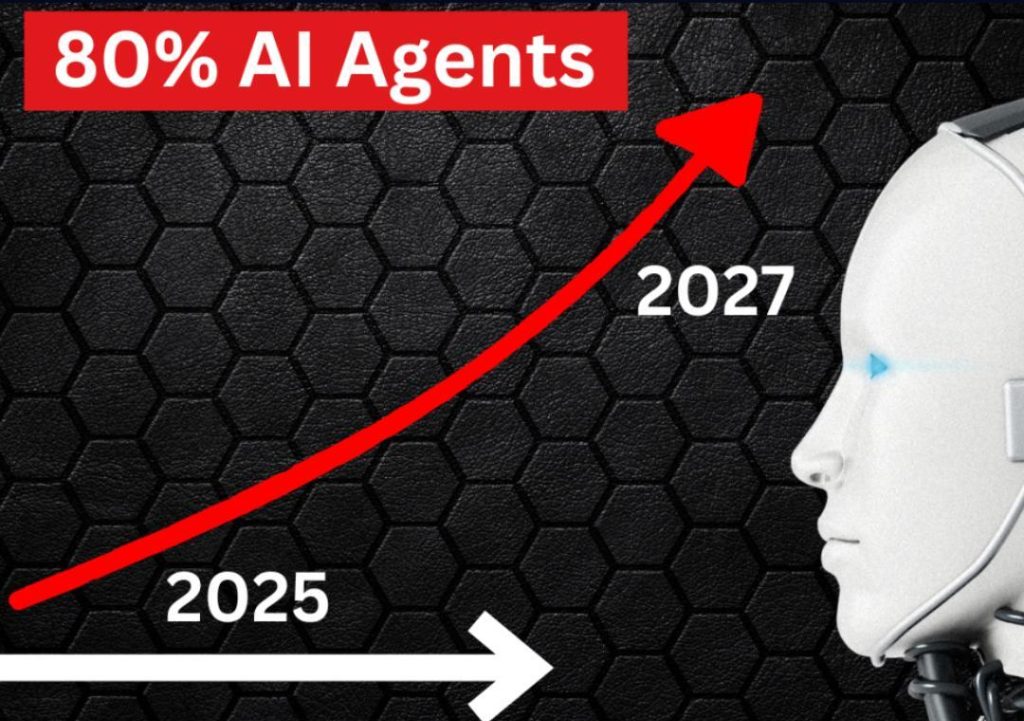
80% of Analysts’ Time Can be Automated Now
The world of data analysis has undergone a significant transformation in recent years. With the proliferation of big data, machine learning, and automation, the task of analyzing data has become increasingly complex and time-consuming. Analysts are now expected to make sense of vast amounts of data, identify trends, and provide insights that inform business decisions. However, the reality is that a significant portion of analysts’ time is spent on manual tasks that can be automated.
According to recent studies, up to 80% of analysts’ time can be automated, freeing them up to focus on high-impact, creative strategy rather than tedious, manual tasks. This is where Deep Data Copilot comes in – a revolutionary new tool that automates data analysis, interpretation, and reporting, allowing analysts to focus on what matters most.
The Challenges of Manual Data Analysis
Before the advent of automation, data analysis was a labor-intensive process that required countless hours of manual effort. Analysts spent hours pouring over spreadsheets, identifying trends, and creating reports. This not only took up a significant amount of time but also led to errors, inconsistencies, and a lack of accuracy.
Moreover, the increasing complexity of data analysis has led to a proliferation of fragmented data sources, making it difficult for analysts to get a clear picture of what’s happening. Multiple dashboards, spreadsheets, and data sources created a tangled web of information that was difficult to navigate.
The Power of Automation
Deep Data Copilot changes the game by automating up to 80% of analysts’ reporting tasks. This innovative tool uses machine learning and natural language processing to interpret metrics, flag anomalies, and suggest next steps. By automating these tasks, analysts are free to focus on high-impact strategy, creative problem-solving, and providing insights that drive business growth.
With Deep Data Copilot, analysts can:
- Automate data consolidation and reporting, freeing up time for more strategic work
- Identify trends and anomalies quickly and easily, without the need for manual analysis
- Focus on high-impact, creative strategy, rather than tedious, manual tasks
- Gain a clear and accurate understanding of what’s happening in the business, without the need for multiple dashboards and spreadsheets
The Benefits of Automation
The benefits of automation are numerous. By automating up to 80% of analysts’ reporting tasks, businesses can:
- Improve accuracy and consistency, reducing errors and inconsistencies
- Increase productivity, allowing analysts to focus on high-impact, creative work
- Gain a competitive advantage, by providing faster and more accurate insights
- Reduce costs, by eliminating the need for manual data analysis and reporting
The Future of Data Analysis
The future of data analysis is automation. As the amount of data continues to grow, the need for automation will only increase. Analysts will need to be able to quickly and accurately analyze vast amounts of data, identify trends, and provide insights that inform business decisions.
Deep Data Copilot is the perfect solution for this new reality. By automating up to 80% of analysts’ reporting tasks, this innovative tool is revolutionizing the way data analysis is done. Analysts can now focus on what matters most – providing high-impact insights that drive business growth.
Conclusion
The world of data analysis is changing, and automation is at the forefront. With Deep Data Copilot, analysts can automate up to 80% of their reporting tasks, freeing them up to focus on high-impact, creative strategy. This innovative tool is the perfect solution for businesses that want to improve accuracy, increase productivity, and gain a competitive advantage.
To learn more about Deep Data Copilot and how it can revolutionize your data analysis, visit our website today.
News Source:






